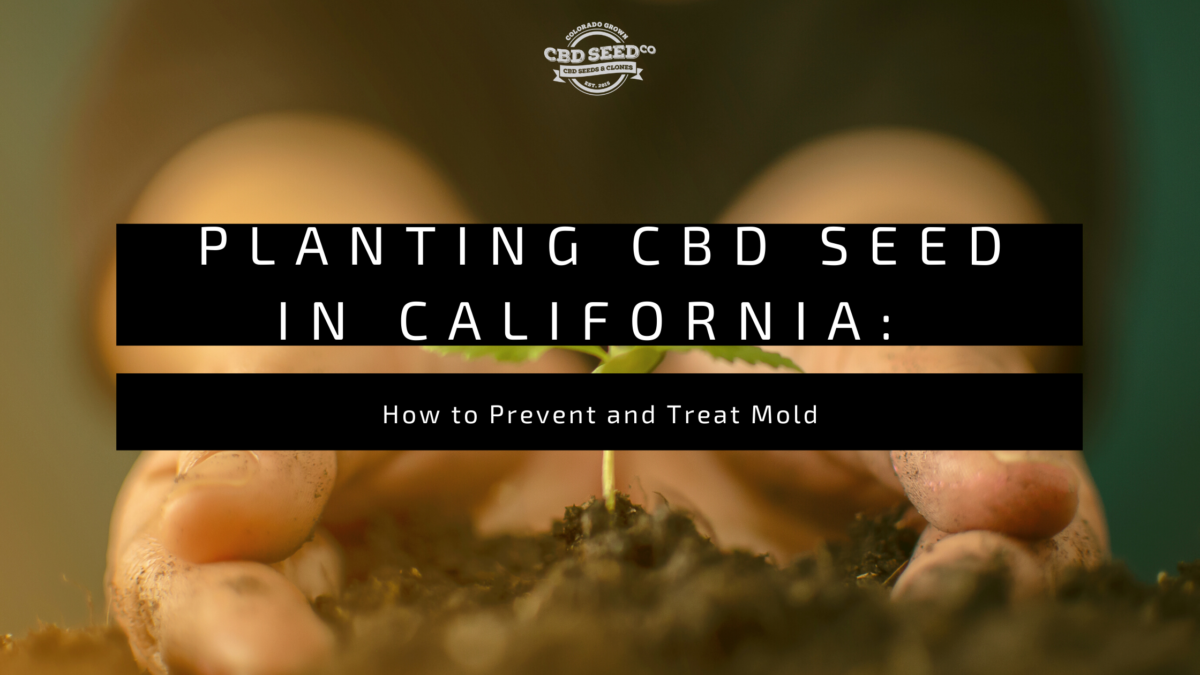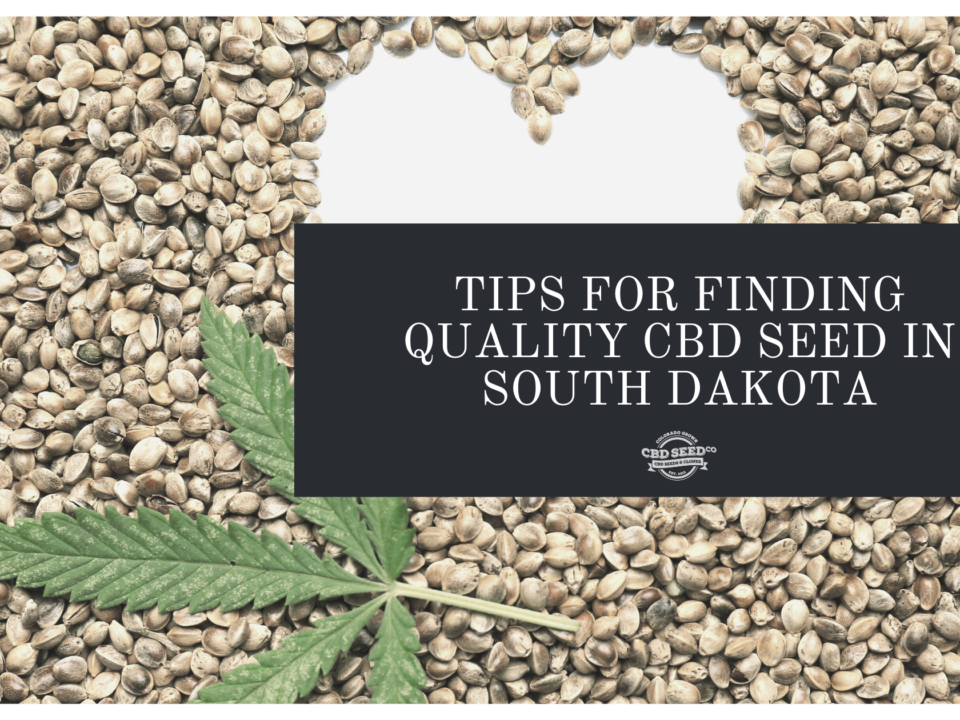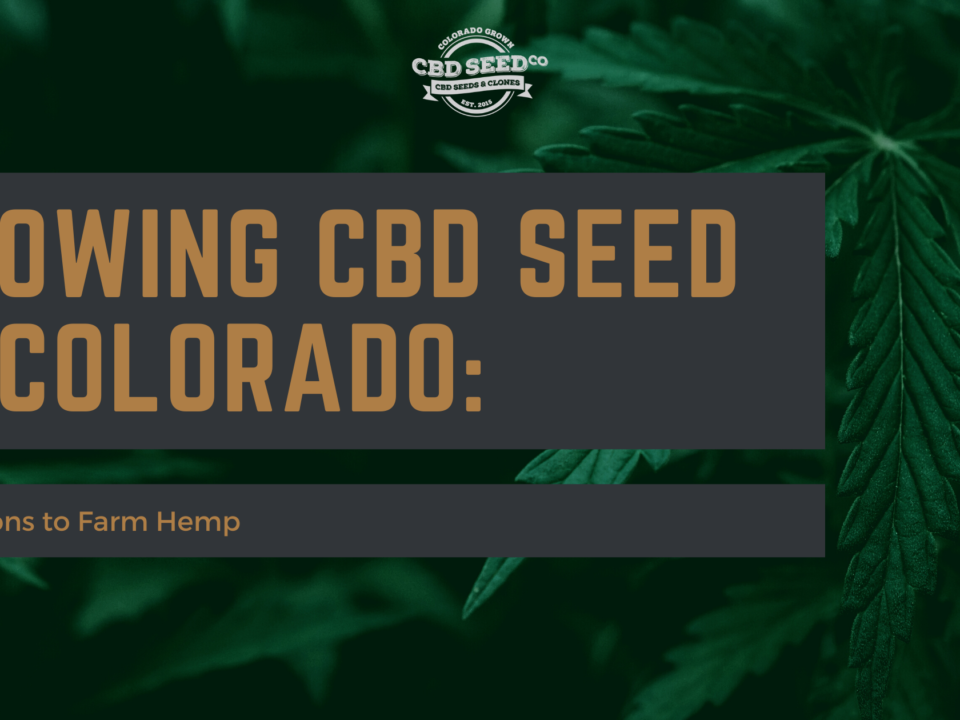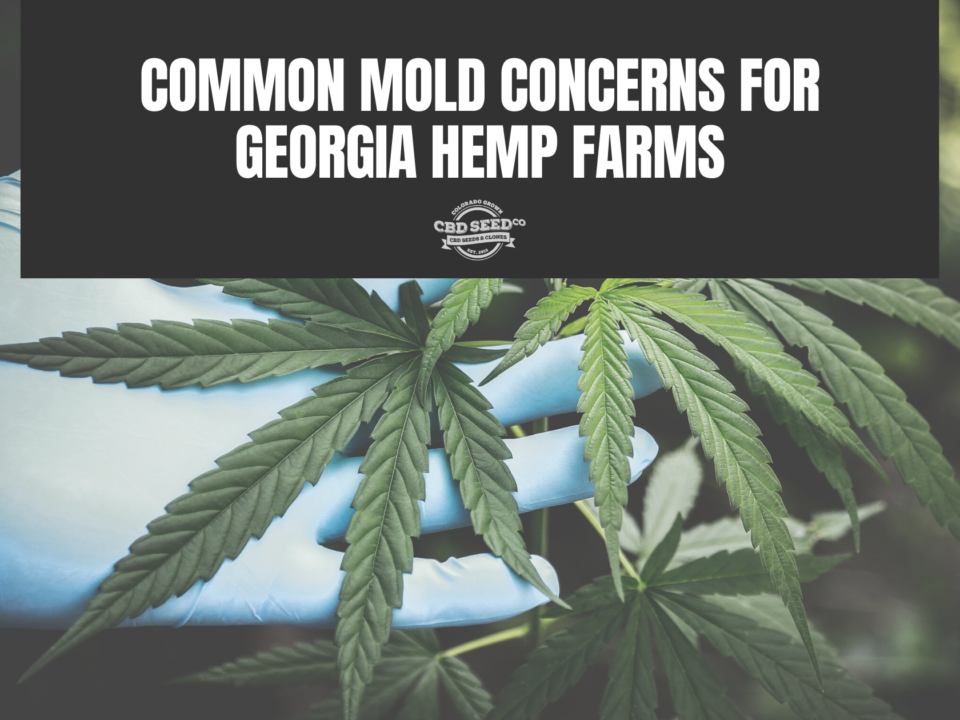Planting CBD Seed In California: How to Prevent and Treat Mold

New Italy Hemp Production Laws Encourage CBD Production
October 15, 2020
Planting CBD Seed In Oregon: Hemp Farming Equipment Requirements
October 20, 2020While hemp is often considered as a low maintenance crop due to its higher resilience to pests and diseases, it can still be susceptible to mold concerns. Since hemp flowers inherently absorb moisture, it can become the prime target for mold. If your hemp crops experience any mold issues, it can rapidly damage your plants. For farmers in California interested in planting CBD seed for hemp cultivation, here’s what you need to know in order to prevent and treat mold.
Understanding the Role of Mold
Mold refers to the fungus that’s composed of countless microscopic spores that are transported throughout the air and lands on surfaces. Mold is everywhere you can imagine and almost impossible to eliminate completely. Its spores are fed by releasing enzymes that break down organic materials like hemp crops. While mold acts as a significant decomposer in the wild, it wreaks havoc among hemp crops. The key ingredients needed by mold are darkness, stagnant air, humidity, and moisture.
Making sure your farm is absent of these listed ingredients is the best way to help prevent mold from thriving in your farm.
Common Types of Hemp Mold In California
There are over 100,000 different types of mold but not all harmful to hemp– here are the common ones you’ll need to look out for when cultivating hemp:
- Gray mold: Gray mold finds weakened plants that have wounds or openings but can also target healthy plants as well. You’ll see gray-brown spots on wet hemp buds and yellow discoloration on stems. This type of mold will destroy the flowers of your crop, making your CBD hemp worthless.
- Powdery mildew: If you see fine white dust on your plants, chances are that you have powdery mildew. Hemp crops in hot, humid conditions with limited airflow are the most susceptible to this type of mild. You should be able to spot this type of mold on the foliage as well as yellow-to-brown ascomata.
- White mold: Dark brown lesions found on stems are an indicator of white mold. Stems that have these lesions can break easily and actually conceal mycelial growth.
- Sooty mold: Sooty mold produces a thin layer of soot throughout hemp leaves. While sooty mold won’t directly feed on your hemp since it eats common plant insects, it does disrupt photosynthesis and can stunt the overall health and growth of your plants.
- Fusarium: This is the most terrifying mold any farmer has to face– Fusarium can happen quite fast and can actually destroy your entire crop. It works by damaging the root system of your plants. By the time you notice the wilting leaves of your plant, it’s usually too late. If your crop endures a full-blown case of fusarium, there’s not much you can do. Hemp insurance can be a very valuable thing to have in these cases.
How to Prevent Mold When Planting CBD Seed In California
Prevention is key in order to skip the risks of what mold can do to your hemp crops. The best way to prevent mold from growing is to eliminate the elements that feed it. Growing your CBD seed in a greenhouse is the best way to control the growing environment. While greenhouses can be out of the budget for some California farmers, there are strategies you can utilize to help prevent mold. Here are our recommendations for preventing mold when cultivating CBD seed:
Indoor Hemp Mold Prevention
- Invest in a hygrometer in your greenhouse for monitoring humidity and temperature
- Create an efficient exhaust system for controlling humidity
- Install fans to design good airflow
- Find a dehumidifier for your grow house
- Always replace your HVAC filters monthly
- Utilize HEPA air filters to reduce spore activity
- Install UV lights in your HVAC system to kill spores
- Consider antimicrobial flooring
- Defoliate your plants as they get closer to harvest
- Inspect your hemp crops daily
Outdoor Hemp Mold Prevention
- Plant CBD seed in most direct sunlight
- Give CBD seeds enough space for proper airflow
- Consider early finishing varietals or auto-flower hemp seed for colder areas
- Invest in tarps for preventing water-soaked buds
- Set up industrial fans after rainstorms for better airflow
- Install a drip irrigation system if possible
- Inspect your hemp crops daily
Invest In CBD Seeds That Are Mold Resistant
Another great way to prevent mold in your California hemp farm is by investing in high-grade CBD hemp seeds that are bred to be mold resistant. CBD Seed Co. is honored to provide the highest quality genetics available on the market and is the trusted CBD seed supplier serving the state of California. For more information regarding how to prevent mold in your hemp farm, please contact us!





